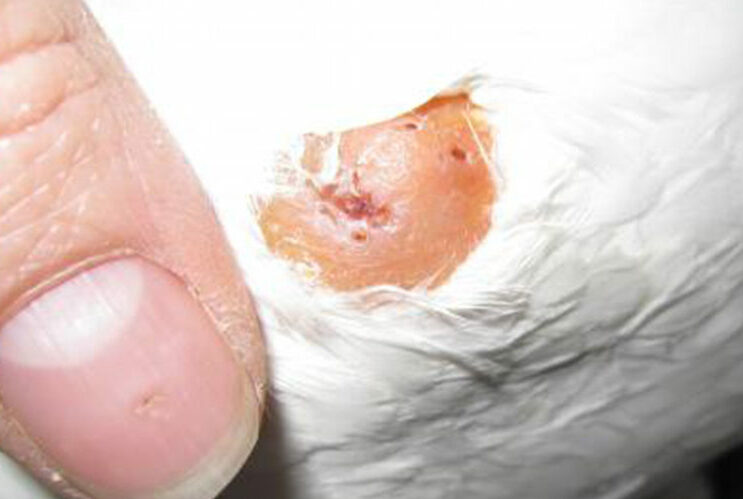Salmonella is the causative/pathogen agent and paratyphoid is the outcome.
Salmonella are gram negative bacteria that infect pigeons, other birds and even animals or humans. There are about 2000 species. Free-ranging birds can be sub-clinical carriers and so they, simply put, are a reservoir of Salmonella. It is known that mice and rats (and even flies) may also be vectors of Salmonella. Various Salmonella species vary with geographic location and the types of food consumed. Imported birds may serve to introduce different Salmonella species to the local birds and can cause a devastating outbreak. This is what experts say when they refer to Salmonella in general.
Susceptibility and the amount of contamination determine whether or not the new bird becomes infected, in essence they do not have enough immunity leading to Paratyphoid.
Transmission from one bird to another takes place primarily through the air. The bacteria is in the nasal and or ocular secretions, fecal material, and feather dust. Salmonella outside the body dries as a dusty substance. This dust contaminates the air that can be inhaled by another bird.
Contaminated feed and water can infect the bird too. Additionally, transmission of the bacteria to an egg can occur and cause death if the bacteria level is too high.
Youngsters fading away, going light, not growing like they should or black eggs (dead eggs) in the nest can be potential signs of a Salmonella infection with Paratyphoid. Another common sign are salmonella flagellates or boils, which can be found in varying places across the body of infected pigeons.
If you are unsure the best course of action to take or if you even have a Paratyphoid issue, it would be advisable to collect dropping samples for 5 consecutive days and have a lab test done.

